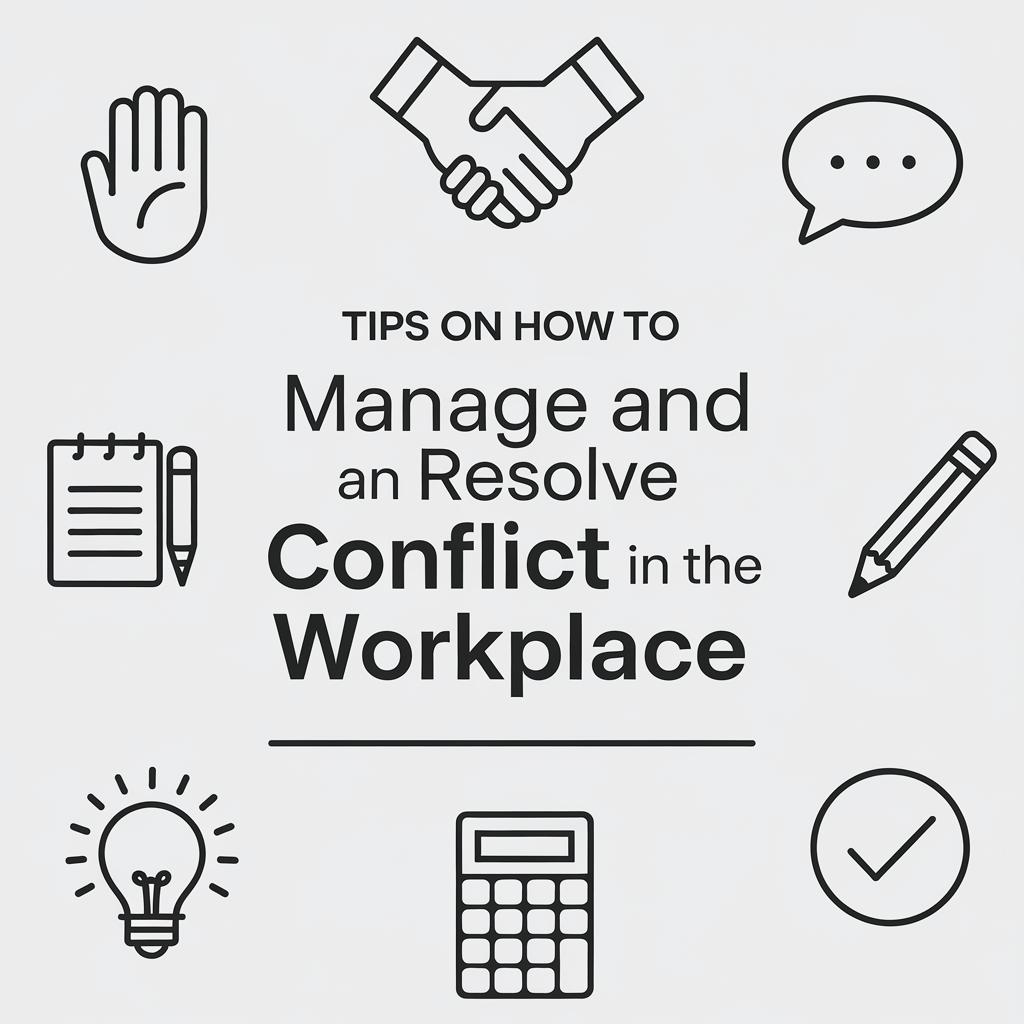12 Common Problems with Onboarding New Employees
Effectively onboarding new employees is crucial for setting them up for success in their roles. This process not only includes providing necessary resources and guidance but also integrating them into the company culture and ensuring their comfort in the new environment. However, numerous challenges can arise during onboarding, potentially hindering employee satisfaction and productivity. This article delves into 12 common problems encountered during onboarding and suggests comprehensive strategies to overcome them. The focus is on utilizing technology, enhancing communication, and fostering an inclusive environment to make this transition as seamless as possible.
1. Use the right onboarding software
Choosing appropriate onboarding software is vital for streamlining and automating various aspects of the onboarding process. Effective software should facilitate easy access to essential documents, streamline training modules, and ensure compliance through task tracking. Many organizations face issues with outdated or inefficient systems that can frustrate new hires and impede their integration.
To tackle this, conduct thorough research to identify onboarding tools that align with your organizational needs. Consider software with user-friendly interfaces, customization options, and robust analytics to track progress. By investing in the right technology, you create an efficient, organized, and welcoming onboarding experience.
2. Communicate before initial onboarding
Communication gaps before the official start date can leave new hires feeling anxious and uncertain. It’s crucial to engage with employees before their first day to build rapport and set expectations. Lack of pre-onboarding communication could lead to confusion and a sense of disconnect.
Implement a proactive communication strategy that includes sharing relevant documents, agendas, and company literature. Personalized welcome emails and scheduled phone calls are effective in establishing a solid foundation and ensuring new hires feel valued from the outset.
3. Practice pre-boarding employees
Pre-boarding is the period between the hiring decision and the official start date. Ignoring this phase can lead to disengagement and a lack of enthusiasm. Pre-boarding is a prime opportunity to make new employees feel included and informed, as it primes them for a smooth transition.
Provide resources such as company handbooks, links to introductory videos, and an outline of the first few days. This ensures employees begin their role with confidence and clarity about their responsibilities and the organization’s values.
4. Send a welcome kit
A welcome kit is more than just a gesture; it’s a way to make new hires feel appreciated and excited about joining your company. Many organizations overlook this opportunity to establish a personal connection and reinforce company branding.
Craft a thoughtful welcome kit that includes company-branded merchandise, essential tools for the role, and a personal welcome note. This small investment can yield significant returns in terms of employee satisfaction and morale.
5. Create first-day preparations
The first day at a new job should be memorable for the right reasons. Sadly, poor preparation can lead to unnecessary confusion and stress. Ensuring smooth first-day logistics can set a positive tone for the rest of the onboarding process.
Prepare a detailed agenda outlining the day’s activities, including introductions to colleagues, set-up of electronic devices, and initial meetings. This structure provides new hires with assurance and enables them to navigate their first day with ease.
6. Introduce new hires to the team
Failing to introduce new employees properly to their teams can leave them feeling isolated and unsure about their role within the group. A well-structured introduction fosters an inclusive culture and encourages relationship building from day one.
Organize informal meet-and-greet sessions, team lunches, or virtual introductions for remote employees. Such efforts enhance social engagement and help establish immediate connections, pivotal for team cohesion.
7. Assign a mentor or buddy
Without proper guidance, new hires may struggle with challenges unique to their roles and the organization. Assigning a mentor or buddy can significantly ease their integration, providing a reliable resource for questions and advice.
Choose mentors who are experienced, empathetic, and committed to empowering new colleagues. These relationships help demystify the workplace culture, enable skill acquisition, and facilitate a smoother adjustment to roles and responsibilities.
8. Set realistic and attainable goals
Setting overly ambitious or poorly defined goals can overwhelm new hires, leading to disengagement and frustration. Realistic goals, on the other hand, provide direction and motivation.
During initial discussions, collaborate with new employees to establish clear, achievable objectives that align with their role and growth trajectory. Regular check-ins are vital for assessing progress and adjusting goals as necessary to foster ongoing development and achievement.
9. Share the employee development plan
In the absence of a clear development plan, new hires can quickly feel stagnated and undervalued. An employee development plan outlines the path for growth within the company, instilling a sense of purpose and ambition.
Communicate long-term career opportunities early in the onboarding process. Tailor development plans to individual aspirations and company goals to ensure alignment and motivate employees to invest in their futures within the organization.
10. Avoid overwhelming new hires with information
Bombarding new employees with excessive information can be counterproductive, leading to cognitive overload and confusion. A balanced approach is essential for effective learning and retention.
Break down information into digestible segments, and use varied teaching methods such as interactive sessions, shadowing, and e-learning. This ensures comprehension without compromising engagement or efficiency.
11. Check-in frequently
Neglecting to check-in with new hires after initial onboarding can leave them feeling unsupported and disconnected. Regular check-ins are crucial for nurturing ongoing success and emotional well-being.
Schedule consistent follow-up meetings to address questions, provide feedback, and discuss progress. This continuous support helps adjust the onboarding plan as needed and solidifies the new employee’s confidence and satisfaction.
12. Collect feedback
Failure to solicit feedback from new hires can result in unaddressed issues and missed opportunities for improvement. Feedback is invaluable for refining and enhancing the onboarding experience.
Establish a formal feedback mechanism, such as surveys or one-on-one meetings, to gauge the effectiveness of the onboarding process. Use this insight to make data-driven decisions that enhance the experience for future employees.
Featured Resources
Start saving time and money with Continu
Continu is an all-in-one learning software designed to simplify onboarding and training, allowing for a more seamless and effective process. By leveraging Continu, organizations can automate workflows, track progress, and personalize learning experiences, ultimately driving efficiency and savings.
Turn your external training into revenue
Organizations can transform external training into a profitable venture by offering specialized training programs through customizable platforms. This approach not only helps cover training costs but also positions your company as a leader in industry knowledge sharing.
See the future of learning in motion.
The future of learning is dynamic and interactive, focusing on immersive learning experiences that utilize cutting-edge technology. By staying ahead with modern learning solutions, organizations can foster an engaged and ever-evolving workforce.
Take the first step toward training that isn’t tedious.
Engaging, efficient training is the cornerstone of effective onboarding. By addressing common onboarding problems and implementing strategic solutions, organizations can cultivate a conducive learning environment that supports employee satisfaction and growth.
Summary of Main Points
| Problem | Solution |
|---|---|
| Use the right onboarding software | Invest in user-friendly, customizable, and analytical onboarding tools. |
| Communicate before initial onboarding | Engage with new hires through emails and phone calls to build rapport and set expectations. |
| Practice pre-boarding employees | Provide resources like company handbooks and videos to prepare employees for their role. |
| Send a welcome kit | Create a thoughtful welcome package with branded merchandise and personal notes. |
| Create first-day preparations | Plan a detailed agenda for the first day to prevent confusion and stress. |
| Introduce new hires to the team | Facilitate informal meet-and-greet sessions to promote social engagement. |
| Assign a mentor or buddy | Select experienced mentors to guide new hires through the learning process. |
| Set realistic and attainable goals | Collaboratively establish clear, achievable objectives aligned with employee roles. |
| Share the employee development plan | Discuss long-term career opportunities and tailor development plans to individual goals. |
| Avoid overwhelming new hires with information | Use varied teaching methods to break down information into manageable segments. |
| Check-in frequently | Hold regular follow-up meetings to provide support and feedback. |
| Collect feedback | Use surveys and meetings to gather insights to enhance the onboarding process. |


